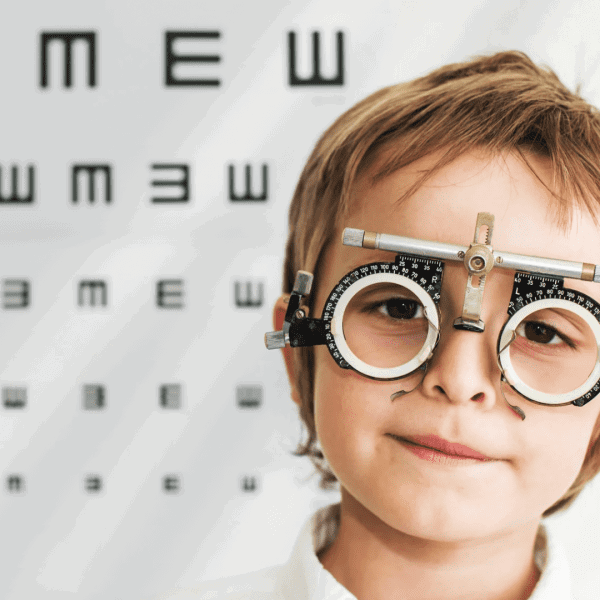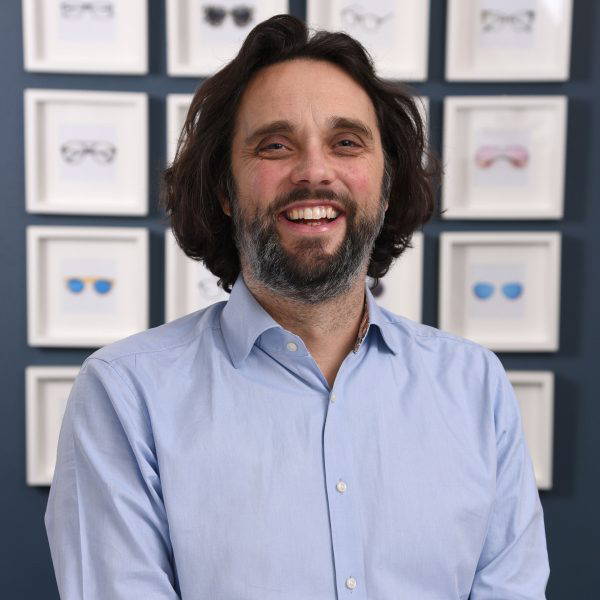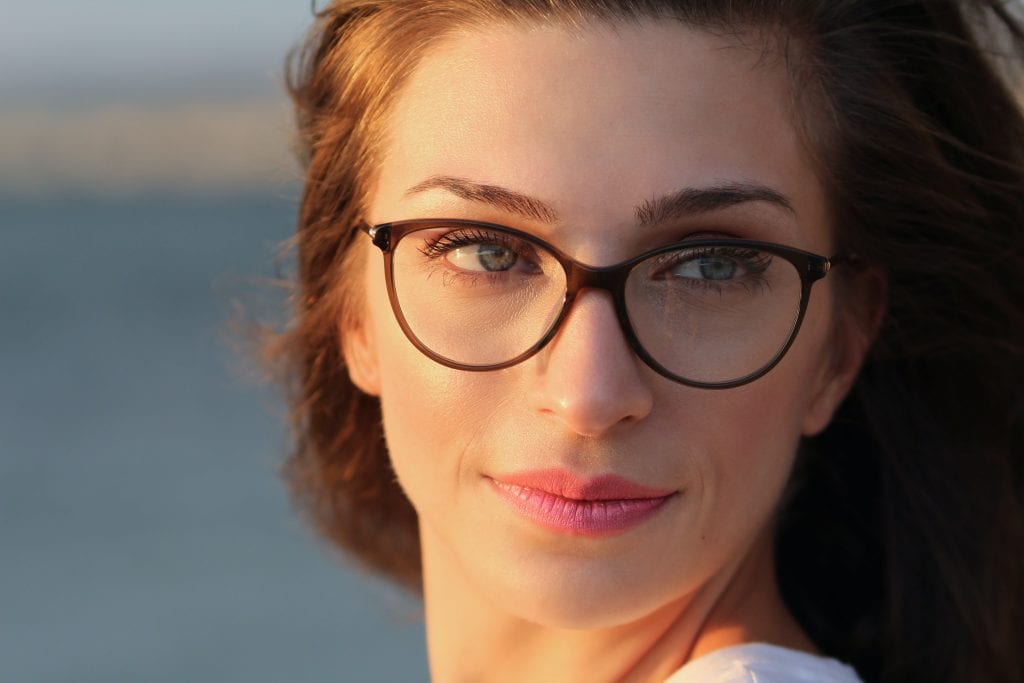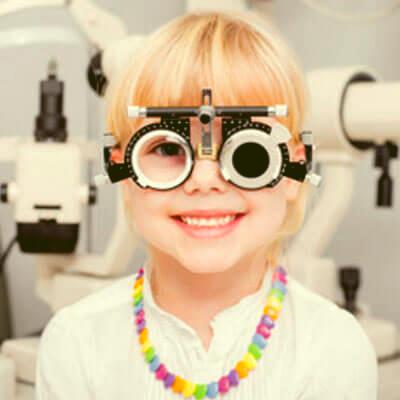Behavioural Optometry is a specialised area of optometry that looks beyond simply checking eyesight and prescribing glasses. It explores how the entire visual system is functioning, how vision has developed, how it’s used in everyday life, and whether it’s supporting you as well as it could be.
While standard eye exams focus on how clearly you can see, behavioural optometry considers how effectively you use your eyes to gather, process and understand visual information. Since over 80% of learning is visual, even small inefficiencies in the visual system can affect reading, concentration, coordination and comfort, especially in children.
A behavioural optometrist will consider developmental history, physical coordination, eye movements, and visual processing skills to understand whether there are underlying visual challenges. These may not always show up on a routine eye examination but can have a significant impact on learning and performance.
With this insight, a personalised strategy can be developed to improve visual function. This may include prescription lenses, changes to learning habits, or a tailored programme of vision therapy. These evidence-based interventions are designed to make the visual system more efficient, and when vision works better, everything else tends to feel easier too. The aim of behavioural optometry is to help people use their vision more efficiently and comfortably, supporting confidence, learning, and daily activities.




